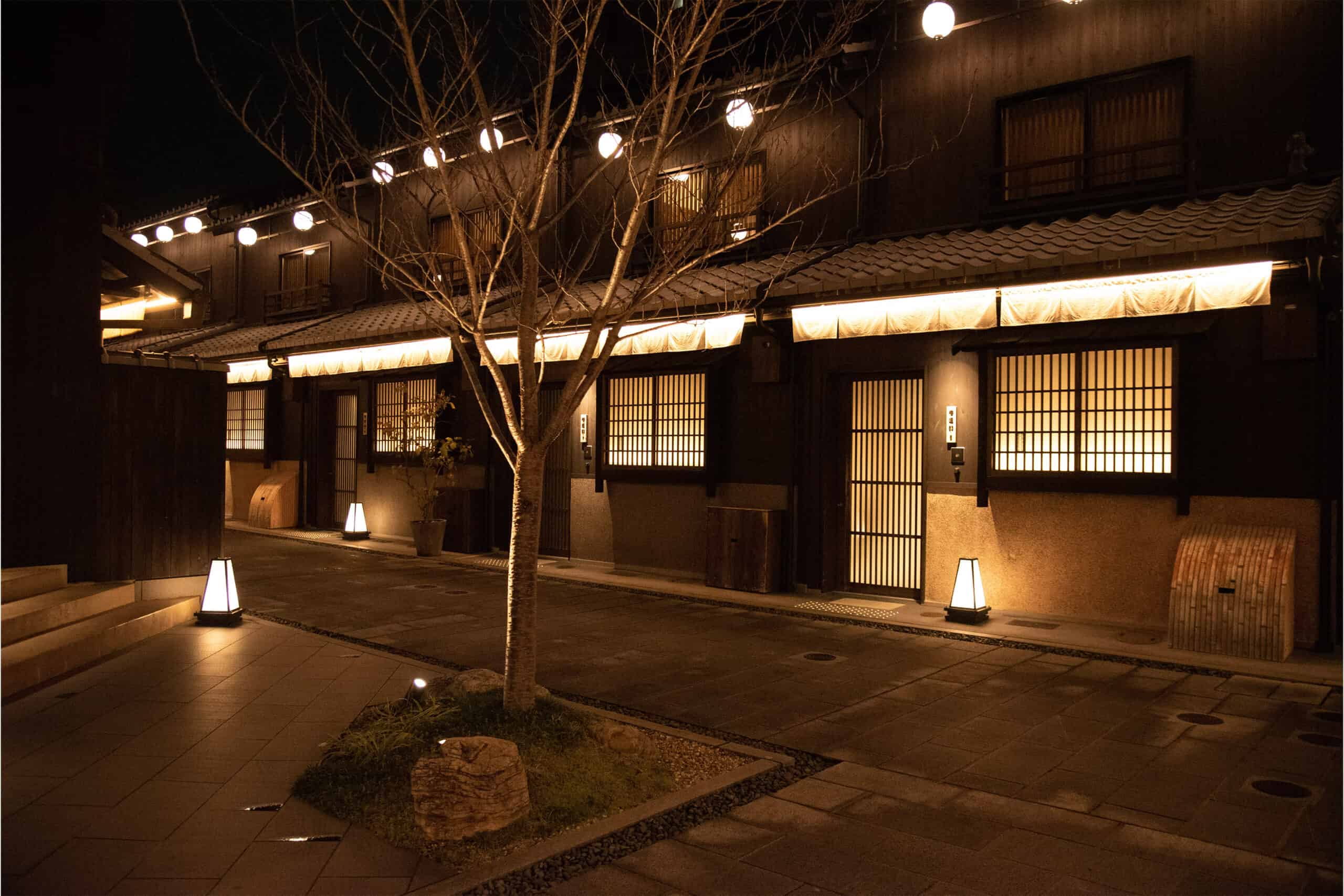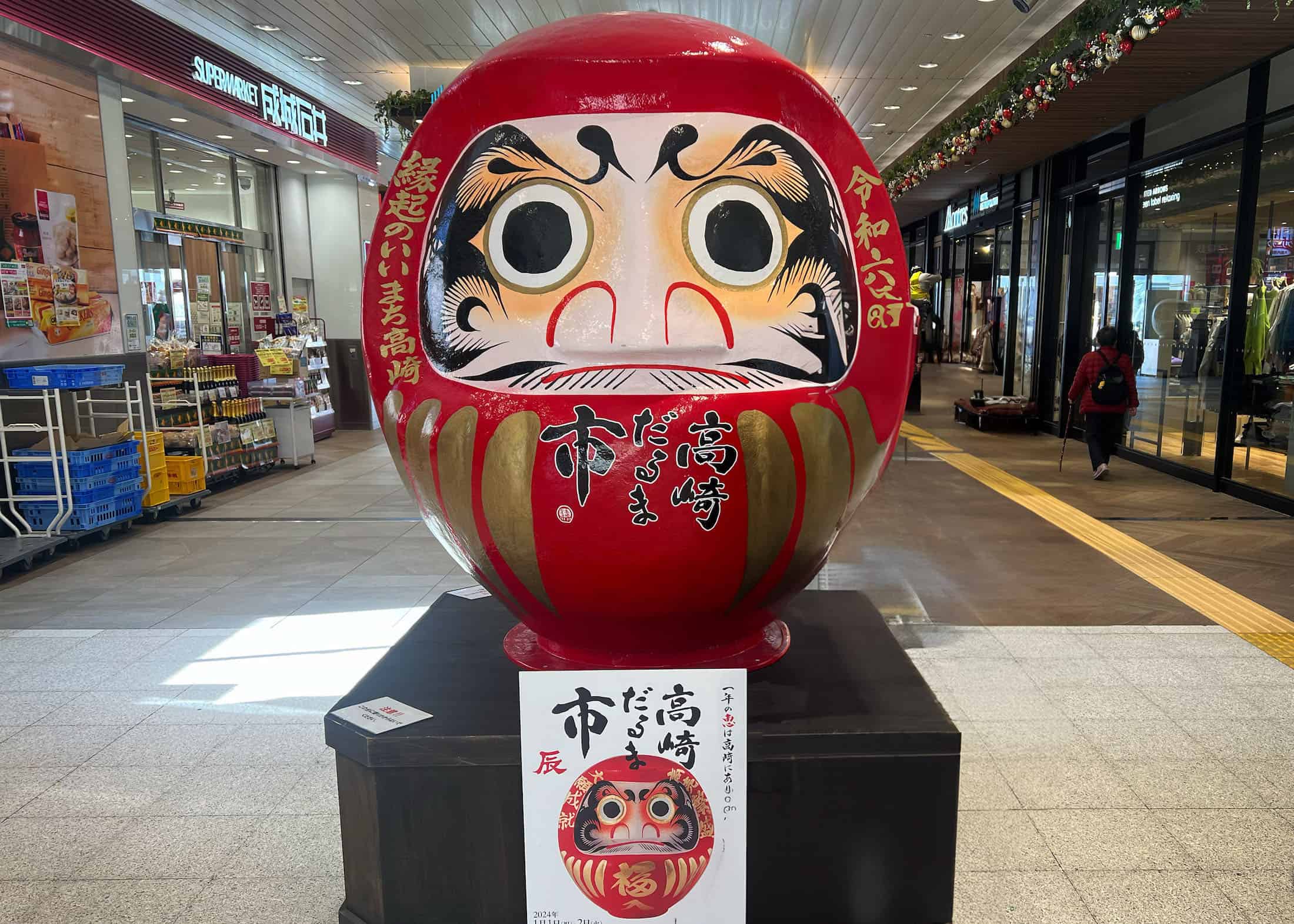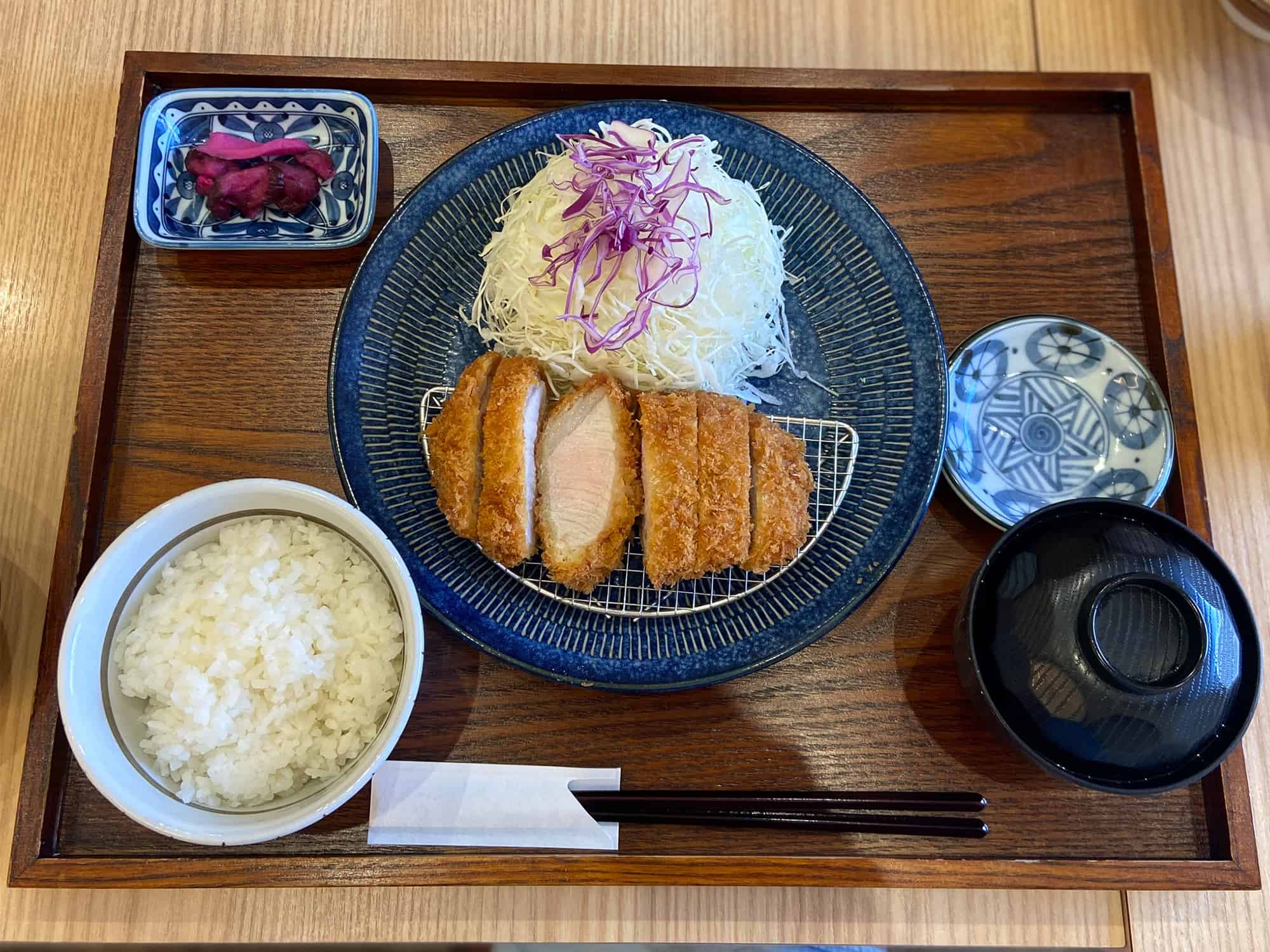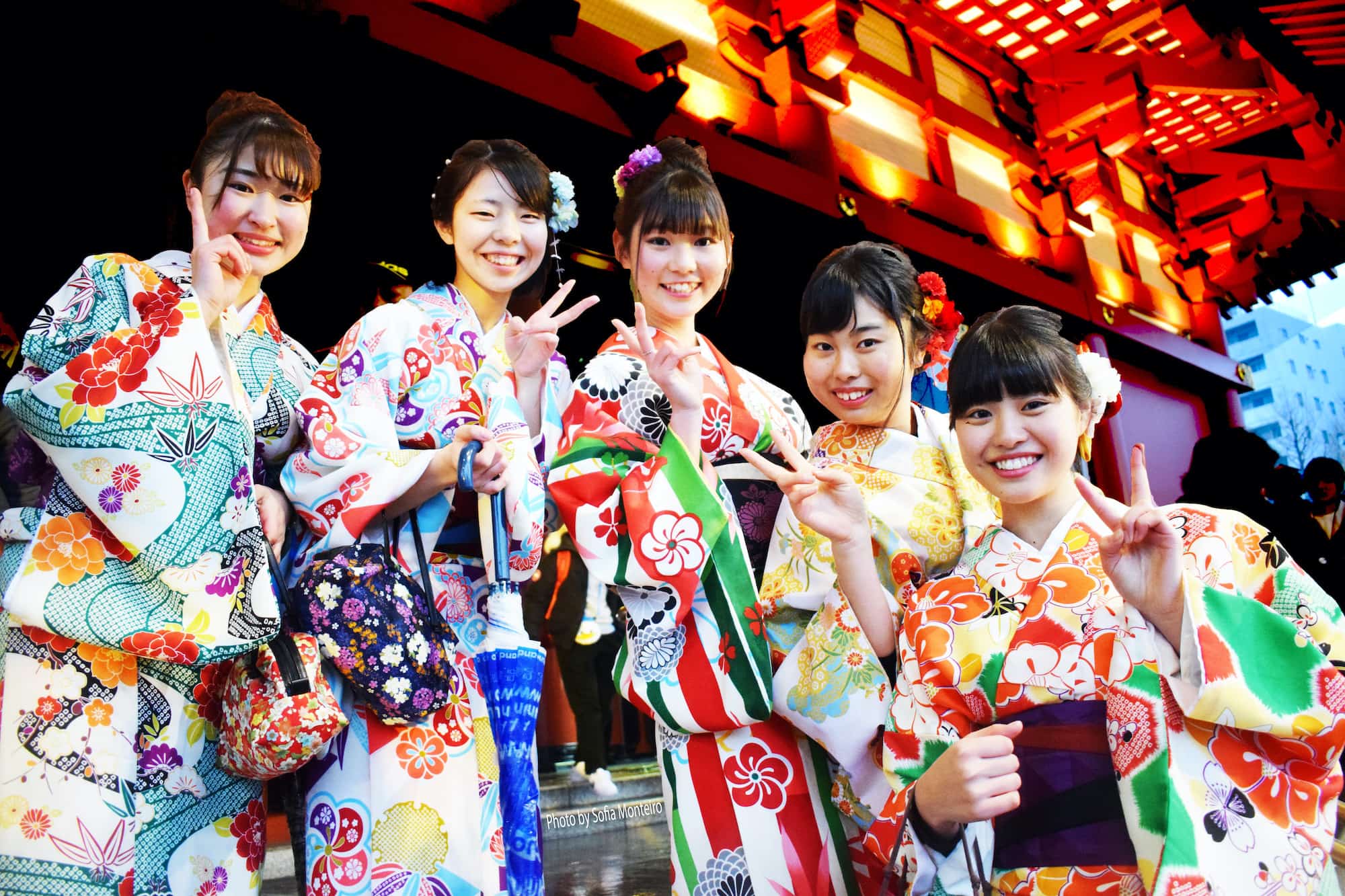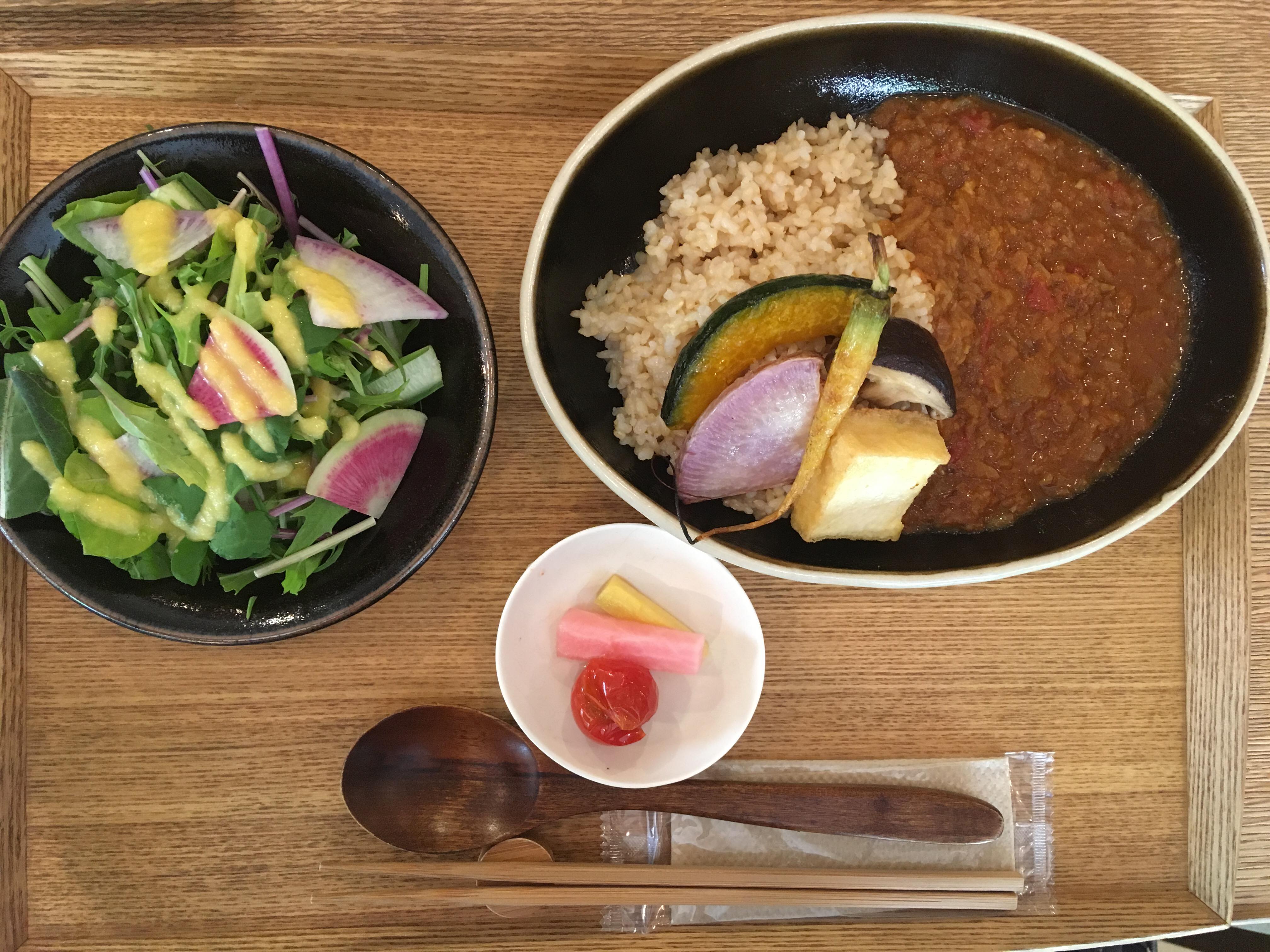Thinking about traditional Japanese culture, I immediately think of Kimono, Tea ceremony, Ikebana and of course Origami. Those colorful sculptures made entirely out of paper without the need for glue or scissors.
But what else is there to it? How come it is still so prevalent in Japanese culture today? Let’s have a closer look and if you happen to find your inner artist on the way, why not try it for yourself.
What is Origami?
So let’s discover this art that transforms paper into life imitating structures. First comes first, Origami got its name from the Japanese “ori”, which means folding and “kami” the word for paper. As so often in the Japanese language, the first letter of the second word softens when combined, which leaves us with the term “Ori-gami”.
In it’s most basic form, it describes a square sheet of paper that is being folded to resemble an object found in nature. Of course, artists prefer special paper, depending on what they are folding. Often these sheets will have different colors on each side or come with colorful prints or patterns. But generally, any paper will do.

Tradition
Without a doubt, the most famous of them all is the “Crane”. A simple yet beautiful example that many children in Japan learn to fold early on. Not just because it is a fun thing to do, but because there is more than meets the eye.
As with pretty much everything in Japanese culture, there is a deeper meaning. So it does not come as a surprise that the Crane too, is not just a beautiful ornament, but has a symbolic significance. It stands for longevity and good fortune and is known as “the bird of happiness”.
Chances are if you have been to Japan, you would have encountered multitudes of these cranes stung together, called “Senbazuru”. They can often be seen at Temples and Shrines all around the country. And you may have wondered why they are there. Well, legend has it, that if you are folding 1000 cranes, a wish will be granted. And so they have become a symbol of hope and healing. With many people giving these wreaths of cranes as a gift when someone is ill.
But of course there are many other shapes still widely popular, with some of these pieces of art needing hundreds of folds before being completed.

Modern Origami
Looking at Origami in its simplest form, it is the act of folding square pieces of paper to create shapes. But this would not honor the work and craftmanship behind many modern creations. With Origami artists in Japan and abroad showing off their skills, audiences are often puzzled by the complexity of these amazing sculptures. With one swiss origami artist even attempting to fold a live sized elephant there have been many attempts of modernizing this craft.
But more often than not, traditions are fused with modern interpretations. With artists moving away from the traditional shapes and instead creating their own. These artists are true pioneers and show that there is space for adaptation while keeping traditions alive. Have a look and some of the Spanish artist Gonzalo Calvo’s creations in this video:
Get folding
If you are feeling inspired now, the great part about it is, all you need is a square sheet of paper and you are good to go. The basic folds are easy to learn, though it might take a little practice making it look effortless. You never know, you may just as well be folding intricate designs before you know it.
Just the perfect activity if you find yourself bored at home. So give it a go and try folding this “bird of happiness” or if you are super ambitious, we dare you to complete 1000 and get that wish granted! With this easy tutorial, you will be flying at no time:
Make sure to subscribe to our newsletter to get all the latest updates and follow us on Instagram and Facebook!
